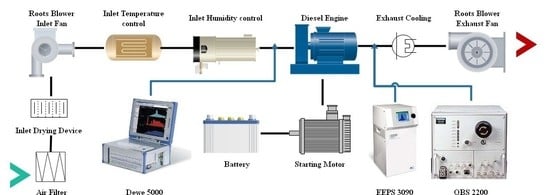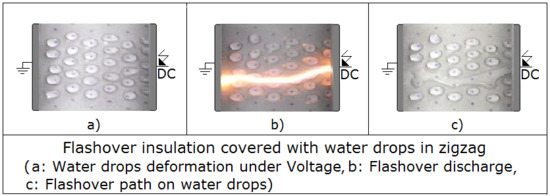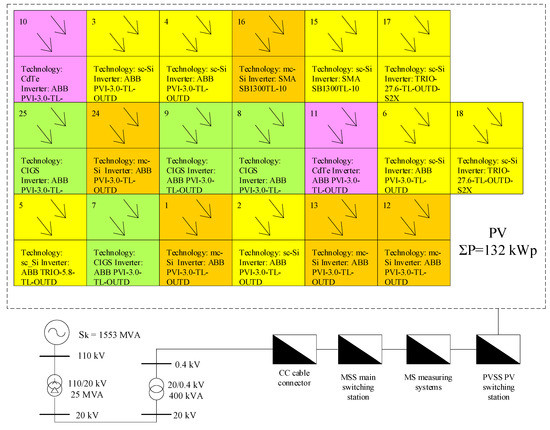1
Department of Chemical and Petroleum Engineering, University of Kansas, Lawrence, KS 66045, USA
2
Department of Geology, University of Kansas, Lawrence, KS 66045, USA
Energies 2019, 12(18), 3559; https://doi.org/10.3390/en12183559 - 17 Sep 2019
Cited by 4 | Viewed by 3238
Abstract
▼
Show Figures
There exits a great challenge to evaluate the flow properties of tight porous media even at the core scale. A pulse-decay experiment is routinely used to measure the petrophysical properties of tight cores including permeability and porosity. In this study, 5 sets of
[...] Read more.
There exits a great challenge to evaluate the flow properties of tight porous media even at the core scale. A pulse-decay experiment is routinely used to measure the petrophysical properties of tight cores including permeability and porosity. In this study, 5 sets of pulse-decay experiments are performed on a tight heterogeneous core by flowing nitrogen in the forward and backward directions under different pressures under pore pressures approximately from 100 psi to 300 psi. Permeability values from history matching are from about 300 nD to 600 nD which shows a good linear relationship with the inverse of pore pressure. A preferential flow path is found even when the microcrack is absent. The preferential path causes different porosity values using differential initial upstream and downstream pressure. In addition, the porosity values calculated based on the forward and backward flow directions are also different, and the values are about 1.0% and 2.3%, respectively, which is the primary novelty of this study. The core heterogeneity effect significantly affects the very early stage of pressure responses in both the upstream and downstream but the permeability values are very close in the late-stage experiment. We proposed that that there are two reasons for the preferential flow path: the Joule–Thomson effect for non-ideal gas and the core heterogeneity effect. Based on the finding of this study, we suggest that very early pressure response in a pulse-decay experiment should be closely examined to identify the preferential flow path, and failure to identify the preferential flow path leads to significant porosity and permeability underestimation.
Full article















